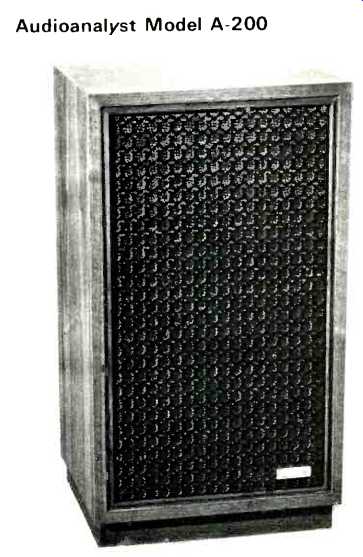
MANUFACTURER'S SPECIFICATIONS
Recommended power input: 20 W. min., 100 W. max. Nominal Impedance: 8 ohms. Drivers: 12-in. high-compliance woofer, 5-in. midrange (enclosed in separate sub chamber), 31/2-in. tweeter, 2 angle-mounted 2-in. super tweeters. Crossover Frequencies: 500 Hz, 2000 Hz, 7500 Hz. Crossover Type: L/C. Controls: Mid switch (3 dB change 500 Hz to 2000 Hz), tweeter switch (4 dB change 2000 Hz to 20,000 Hz). Grille Cloth: Dark, open weave fabric. Enclosure: Completely sealed oiled walnut, filled with resonance damping material.
Dimensions: 27 in. H x 15 in. W x 12 3/4 in. D.
Weight: 53 lbs.
Price: $225.00.
Audioanalyst's Model A-200 is a four-way speaker system using five direct radiators mounted in a sealed enclosure. A 12-in. high-compliance woofer provides the bass foundation for frequencies up to 500 Hz. A front-mounted 5-in. midrange direct radiator, sealed in a separate sub-chamber, carries the 500 Hz-2 kHz range, and a sealed 3 1/2-in. tweeter augmented by two 2-in. super tweeters covers the range above 2 kHz to beyond audibility. The two super tweeters are slightly angled relative to the frontal axis to provide adequate dispersion at the higher frequencies.
Hookup is made by two widely spaced and well-marked binding posts on the back side. Two toggle switches marked HIGH and LOW and TWEET and MID provide the only adjustment with which the purchaser need concern himself.
The likelihood of improper connection with hazardous loose wire strands that could short when moving the speaker is all but eliminated by this configuration. Nylon runners are provided for the bottom of the enclosure.
A short but reasonably concise instructive brochure is supplied with the speaker. A six-year warranty is provided to the original purchaser.
Technical Measurements

Fig. 1--Impedance vs. frequency for several equalizer positions.
Figure 1 is the measured impedance for three switch combinations. Minimum impedance occurs at 6 kHz when both tweeter and midrange units are in the HIGH switch position. Since this is slightly above 6 ohms, it is not recommended that two A-200's be paralleled on the same amplifier terminal, such as might be anticipated for an extension speaker. Basic system resonance occurs at 50 Hz with a higher impedance resonance peak in the 1-2 kHz range depending upon equalizer switch setting.
The one-meter free field response is shown in Fig. 2 for on-axis sound pressure level at the same equalizer positions as that of Fig. 1. The tweeter switch changes the level by about 4 dB as stated by the manufacturer, but the midrange switch was relatively less effectual. Because certain portions of the midrange response actually dropped when the switch was placed to HIGH, it appears that some phase cancellation is taking place in the range from about 600 Hz to 3 kHz.
For small angles off-axis, the extreme high frequency response was extended to beyond 20 kHz by the super tweeters. A general mid-frequency dip of some 3 dB is evident from 700 Hz to 2 kHz even at the best response position which is, as Audioanalyst claims, with both switches in the "down" position. Bass response is quite smooth and well behaved down to 60 Hz with a 12 dB per octave roll off below 50 Hz.
Phase response is plotted in Fig. 3. Non-minimum phase breaks occur at about 900 Hz, 2 kHz, and 8 kHz. The display of Fig. 3 is the phase response corrected for a time slightly after the arrival of the first sound. This was done in order to get the entire plot on one display with reasonably small phase coordinates. This phase plot is the normal response with both switches "down."
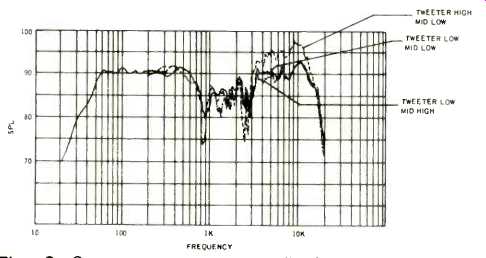
Fig. 2-One-meter pressure amplitude frequency response.
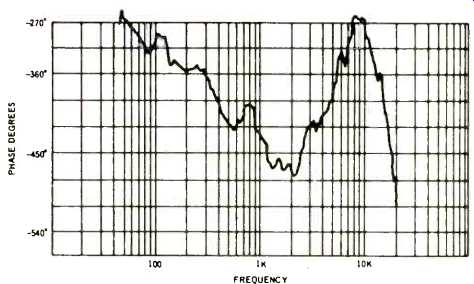
Fig. 3-One-meter pressure phase response.
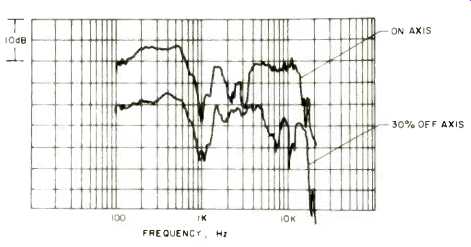
Fig. 4-Three-meter pressure amplitude and phase response.
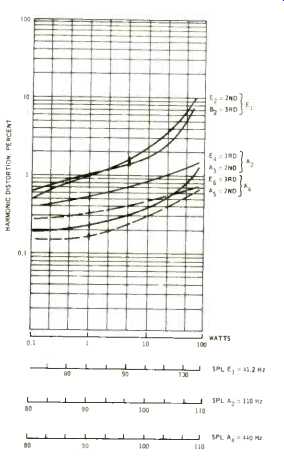
Fig. 5-Harmonic distortion for musical tones E,, A,, and A,.
The three-meter room response is shown in Fig. 4. The A-200 was placed in a room in the position recommended by Audioanalyst, on the floor and flat against a wall. Measurement was made at a typical listening position three meters in front of the speaker and one meter above a carpeted floor. Figure 4 shows the frequency response for the first ten milliseconds of sound for both a direct on-axis position and thirty degree off-axis position. The off-axis position corresponds to the left channel of a stereo configuration. For clarity of presentation, the plots are displaced ten decibels apart.
Harmonic distortion measured for the musical tones E1, A2, and A4 are shown in Fig. 5. Although the low bass distortion is not high for this speaker, the increase above 95 dB SPL warns against equalization to bring the 41 Hz level up to that of 110 Hz if you like to play your music loud. It is far better to get the good clean bass down to 60 Hz which the unequalized speaker provides. The A-200 did not evidence any sonic discomfort for even the most severe subsonic components of a badly warped record when played at a high level.
The measured intermodulation of 440 Hz by 41 Hz mixed in equal ratio is shown in Fig. 6. The indicated power is that of a single sine wave with the same peak level as the mixed tones. IM for this speaker is primarily due to amplitude modulation.
The crescendo handling capability of the A-200 is extremely good. An 8 watt inner musical voice is not measurably suppressed when an 80 watt average noise burst is superimposed, even though this corresponds to close to an 800 watt instantaneous peak level.
Figure 7 is the 20 Hz-20 kHz polar energy plot and the orientation is that of looking down on the speaker. The two small "fingers" on each side of the frontal axis are due to the angled super tweeters. The apparent horizontal imbalance is probably due to the side-by-side midrange drivers. The tweeter is on the left center of the A-200 as you face the front. The polar plot does not mean that the sound is inaudible from the back, only that the energy contribution from the back is more than 25 dB below that from the front.
The polar plot implies that a wall-mounted position would be an excellent location for the A-200. There is no appreciable beaming of sound, however if these speakers are used in a stereo configuration with an included angle greater than 60 degrees a slight rotation of the speakers toward the listening area can be helpful in keeping high frequency balance. Even though the A-200 is fairly efficient, yielding 90 dB SPL at one meter for a one watt input, the "direct sound" property of the polar plot suggests that amplifiers rated less than 30 watts might not be satisfactory if you like to play your music loud.
The energy-time plot for a one meter on-axis position is shown in Fig. 8. The physical location of the grille and back of cabinet are indicated to identify the position of acoustic sources. Figure 9 is a plot made for a 30 degree off-axis angle.
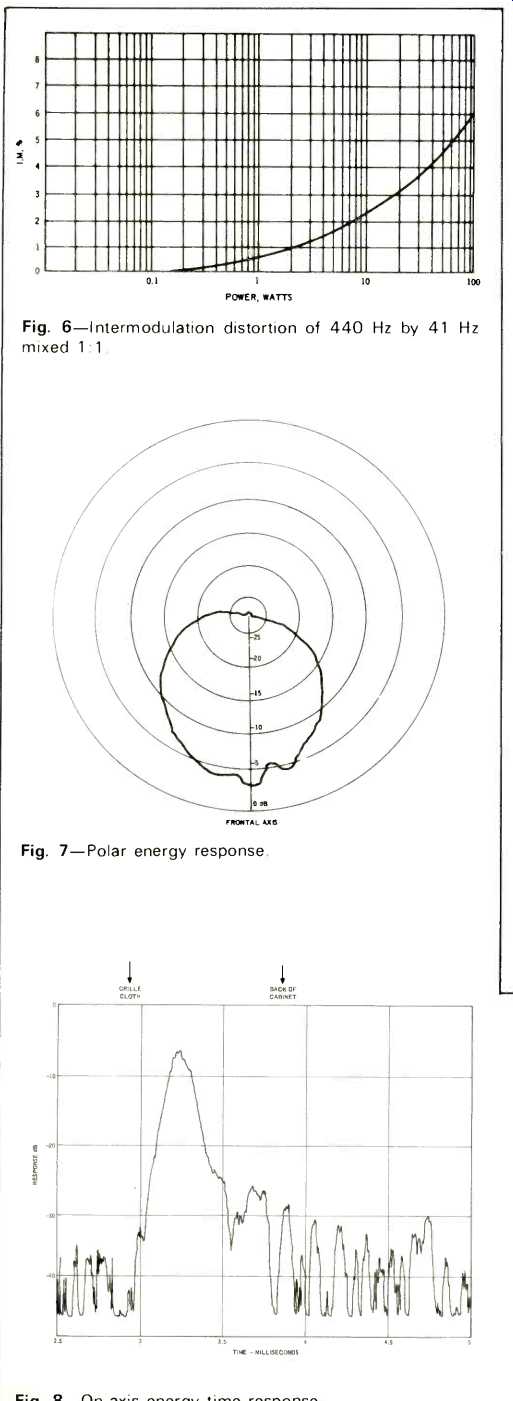
Fig. 6--Intermodulation distortion of 440 Hz by 41 Hz mixed 1:1.
Fig. 7--Polar energy response.
Fig. 8--On-axis energy time response.
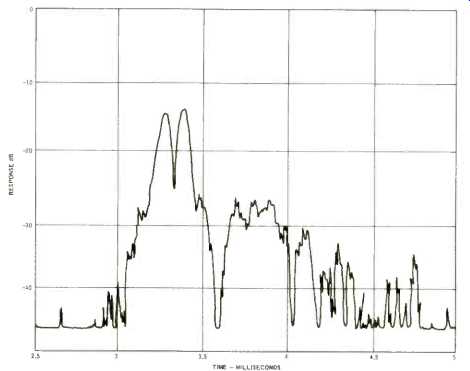
Fig. 9--Off-axis energy time response.
Listening Test
Even without checking the manufacturer's mailing address, the sound of the Audioanalyst A-200 would classify it as " New England." The bass does not go all the way downstairs, but does go down a quite respectable distance with a sound that is firm but not boomy. The top end is clean and smooth with some sibilant emphasis, but not spitty as one might expect for a speaker system in this price range. The mid frequencies, starting at around an octave above middle C, have a shallow dip which tends to move vocals back in the sound image. A close-miked "breathy" vocal would be particularly bothered by this effect and some rock instruments could benefit from a midrange boost. In this reviewer's opinion, high level percussive sound may lack some punch, even though everything is there and in its place.
The best sound was obtained with the A-200 flat against a wall as the manufacturer recommends. After a good deal of listening with various positions of the tweeter and midrange switches, it was this reviewer's opinion that the "down" position was best for musical balance. It was our impression that although a slight change in timbre was noted for a HIGH midrange control, the mid frequency dip was not adequately filled and indeed a better sonic balance was obtained with this switch down, as the maker says. It was not until the frequency response measurements were made much later that we saw what was happening.
It is this reviewer's opinion that a proper midrange boost would bring the A-200 performance up to that of some highly respected speakers selling for 50 percent more. As it stands, the performance is certainly quite acceptable for a speaker in this price range.
-Richard C. Heyser
(Audio magazine, Jan. 1974)
Also see:
Audioanalyst Model A-100X Loudspeaker System (Equip. Profile, Sept. 1976)
= = = =